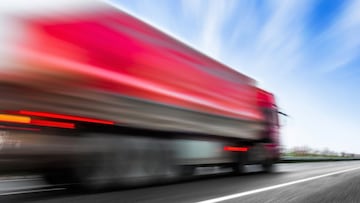What is the fastest speed limit in the US?
Since 1995 states have been free to set the speed limit in their jurisdictions resulting in a range of speed limits that drivers are not supposed to exceed.

Since the federal government dropped the cap on the upper speed limit that drivers are allowed to drive in 1995, states have been letting them go faster and faster. Generally, across the United States speed limits on non-urban highways range from 65 miles per hour up to 80 miles per hour with some small pockets limited to just 60 miles per hour.
However, the real outlier is one stretch of road where motorists are allowed to top out at 85 miles per hour. The highest posted speed limit applies to just over 130 miles of road in Texas.
What is the fastest speed limit in the US?
While the statutory speed limit in Texas is 70 miles per hour, the Texas Transportation Commission is allowed to establish higher maximum speed limits of 75, 80 and up to 85 miles per hour “if the highway is designed to accommodate that speed on the highway system if that speed is determined to be safe and reasonable after a traffic or engineering study,” according to the state’s Department of Transportation.
That is the case for Texas State Highway 130, also known as the Pickle Parkway, which is a toll road. This high-speed stretch of pavement bypasses the Austin metropolitan area running parallel to I-35 south to San Antonio. It was designed to alleviate congestion along the I-35 corridor after truck traffic surged at the end of the 1990s with the implementation of the North American Free Trade Agreement.
Higher speeds come with a cost
The faster one drives, while it will get you there faster, will hit your wallet, especially if you exceed the speed limit and get caught doing so. Once you drive over 50 miles per hour gas mileage typically begins to drop rapidly. According to the UK Automobile Association, driving at 70 miles per hour versus 60 miles per hour will increase fuel consumption by 9 percent.
70 versus 50 miles per hour you’ll burn 15 percent more fuel. And making the jump from 70 to 80 miles per hour you could be looking at going through 25 percent more fuel.
And it’s not just fuel that you will be using more of. Driving faster causes more heat to build up in the rubber of your tires which in turn breaks them down more quickly.






